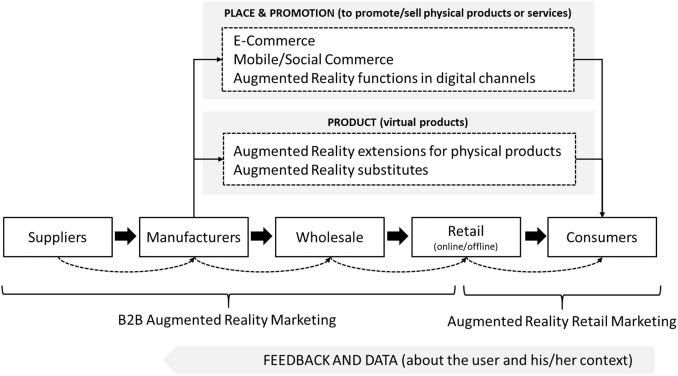Bridging the Gap: Top Global Initiatives Addressing the Digital Divide
In today’s hyper-connected world, digital access is not a privilege but a necessity. Yet, millions of people across the globe remain disconnected, facing challenges that stem from the persistent digital divide. What is being done to close this gap? Let’s explore the most impactful global initiatives tackling digital inequality, see real-world success stories, and discover how you can contribute to building a more digitally inclusive future.
Understanding the Digital Divide
The digital divide refers to the unequal access to facts and interaction technologies (ICT), especially the internet, between different populations and regions. This gap affects education, employment, healthcare, and more, with socio-economically disadvantaged and rural communities often being left behind. Addressing the digital divide is crucial for fostering global equality and unlocking opportunities for all.
- Access Divide: Inequality in infrastructure and internet availability.
- Affordability Divide: High costs of devices and connectivity.
- Usage Divide: Limitations due to lack of skills or relevant content.
Top Global Initiatives bridging the Digital divide
A number of organizations and partnerships are taking bold steps to bridge the digital divide globally.Hear are the most prominent and effective digital inclusion initiatives:
1. Alliance for Affordable Internet (A4AI)
A4AI is a global coalition working to drive down internet prices through policy and regulatory reform. Their focus is on:
- Supporting governments in creating effective broadband policies
- Fostering public-private partnerships to expand affordable connectivity
- Publishing the annual affordability Report highlighting progress and gaps
2. Internet.org by Meta (Facebook)
Launched by Meta, Internet.org partners with mobile operators and governments to provide free access to essential services. Key highlights:
- Zero-rating basic internet, e-learning, and health resources
- Extending networks to rural and underserved communities
- Promoting digital literacy through local content creation
3. Google’s Project Loon and Project Taara
Google has launched several innovative projects to tackle connectivity challenges:
- Project Loon: Used high-altitude balloons to deliver internet to remote areas (project concluded, lessons applied elsewhere)
- Project Taara: Focuses on using light beams for high-speed data transmission in areas where fiber optics are impractical
4. One laptop per Child (OLPC)
OLPC distributes affordable laptops and educational software to children in developing countries, supporting digital literacy and empowerment.
- Millions of laptops deployed in 60+ countries
- Focus on collaborative, self-guided learning models
5. United Nations’ Digital Inclusion Initiatives
The UN and its agencies, especially ITU, promote digital inclusion via:
- The EQUALS Global Partnership for Gender Equality in Digital Age
- Digital Skills for Jobs campaigns
- Support for digital public goods in education and health
Case Studies: Real-World Impact
Rwanda: from Landlocked to Connected
Once known as the “land of a thousand hills,” Rwanda struggled with connectivity due to its challenging terrain. By partnering with A4AI and investing in national fiber optic infrastructure, Rwanda:
- Increased internet penetration from 7% (2011) to over 52% (2023)
- Launched “smart villages” with digital education and health services
- Enabled 4G LTE coverage in every district
Lesson: Proactive government policy and global partnerships are key to overcoming physical barriers.
India: Expanding Digital Literacy in Rural Areas
The Digital India initiative aims to bridge the rural-urban divide via:
- creating 250,000 digital literacy centers in villages
- Providing free Wi-Fi at major railway stations through Google partnerships
- launching the “BharatNet” project to connect every village with broadband
Lesson: public-private partnerships and grassroots digital literacy training can drive rapid change.
Benefits of Closing the Digital Divide
Bridging the digital divide unlocks a range of societal and economic benefits. Here are just a few:
- Improved education through e-learning platforms,especially during crises like the COVID-19 pandemic
- Access to job markets and entrepreneurship opportunities online
- Enhanced healthcare through telemedicine and health information access
- Empowerment of marginalized groups,including women and persons with disabilities
- Stronger economies as digital transformation boosts productivity and innovation
Practical Tips: How You Can Help Bridge the Gap
Want to play a role in closing the digital divide? Consider these actionable tips:
- Advocate for digital inclusion—Support policies and programs in your community or country.
- Donate devices or fund connectivity projects—Many organizations accept gently used electronics for refurbishment.
- Volunteer to teach digital skills—Host workshops or webinars targeting underserved communities.
- Choose inclusive technology products—Encourage companies and schools to prioritize accessible,affordable tech.
- Raise awareness—Share stories, articles, and resources about the importance of digital inclusion on social media.
First-Hand Experience: Voices from the Field
sophia, a village teacher in Kenya: “Through the solar-powered laptops provided by OLPC, my students are now coding and connecting with kids around the world. It opened their minds to new dreams and career paths.”
Raj, a digital skills volunteer in India: “After a few months of running basic digital literacy sessions, I’ve watched entire families gain confidence—applying for government assistance, searching for jobs, and helping their children learn online.”
The Path forward: A Digital Future for All
The journey to close the digital divide requires persistent commitment from governments, businesses, non-profits, and individuals. While remarkable progress has been made, billions still lack reliable access to the digital world. Investing in infrastructure, spearheading inclusive policies, and fostering digital skills training are critical steps.
Key Takeaways
- Global initiatives like A4AI, Internet.org, and UN programs are making tangible progress toward digital equity.
- Collaborative efforts, innovative solutions, and grassroots action drive change where it’s needed most.
- Every individual can take steps—big or small—to help bridge the global digital divide.
Conclusion
The digital divide is one of the defining challenges—and opportunities—of the 21st century. As technology continues to shape our lives, bridging this gap will determine not just our collective prosperity, but also our capacity for global connection and understanding. by supporting and learning from top global initiatives, sharing success stories, and taking practical action, we can build a more inclusive, empowered, and digitally connected world for everyone.
together, let’s bridge the digital divide and unlock the power of technology—one community at a time.

